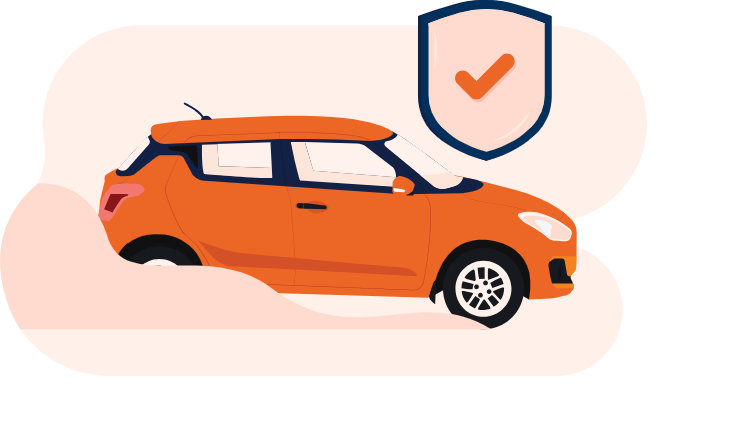Introduction
A vital component of proper vehicle ownership is vehicle insurance, sometimes referred to as auto insurance or car insurance. It offers financial security in the event that your car is involved in mishaps, theft, or other unforeseen circumstances. This in-depth guide delves into the world of auto insurance, outlining its significance, different kinds of coverage, variables influencing rates, and advice on choosing the best policy.
Exploring Automobile Insurance
1. The significance of auto insurance
Most jurisdictions have laws requiring auto insurance to protect you and other drivers on the road. In the case of accidents, property damage, injuries, or theft, it offers financial help, enabling you to bounce back without suffering severe financial repercussions.
2. Coverage Types
There are several sorts of vehicle insurance to take into account, such as:
Liability insurance pays for any harm or injuries you could inadvertently cause to another person.
a. Collision Coverage: Covers repairs to your car following an accident, regardless of who was at fault.
c. Comprehensive Coverage: Guards against damage caused by things other than collisions, such theft, vandalism, or natural catastrophes.
d. Personal Injury Protection (PIP), often known as Medical Payments Coverage, pays for your and your passengers’ post-accident medical costs.
e. Uninsured/underinsured motorist coverage defends you in the event of a collision with a motorist who is underinsured or not at all covered by insurance.
Premium-Affecting Factors
1. Driver’s License
Your insurance prices are heavily influenced by your driving history, which includes traffic infractions and accidents. While a history of infractions or accidents may translate into higher premiums, a clean record normally results in cheaper rates.
2. Type of Vehicle
Your car’s make, model, and age affect insurance rates. Because the cost of repairs or replacement is greater for expensive or high-performance vehicles, premiums are often higher.
3. The area
The cost of insurance also depends on where you live. Rural places with less risk factors often have lower premiums than urban areas with greater traffic and crime rates.
4. Levels of Coverage
Your rates will directly depend on the coverage and policy limitations you choose. Generally speaking, larger coverage levels or smaller deductibles result with higher rates.
Selecting the Best Policy
1. Determine Your Needs
When choosing coverage, take into account your financial circumstances, the worth of your car, and your risk tolerance. Saving money on premiums is important, but it’s just as important to make sure you have enough protection.
2. Compare prices
To get the most affordable premiums and available coverage, compare quotes from several insurance companies. Insurance brokers and online technologies may facilitate the procedure’ simplification.
3. Pose inquiries
Ask insurers about their plans, deductibles, discounts, and claims procedure without holding back. Making an educated choice requires having a thorough understanding of the terms and circumstances.
Conclusion
Vehicle insurance is essential to prudent vehicle ownership since it offers security and comfort when driving. You can choose a policy that suits your requirements and budget by having a thorough grasp of the many coverage options, the variables that determine rates, and advice for selecting the best kind of coverage. Remember to frequently evaluate your policy to make sure it still serves as a solid safety net in the case of unforeseen accidents affecting your car and is in line with your changing circumstances.

